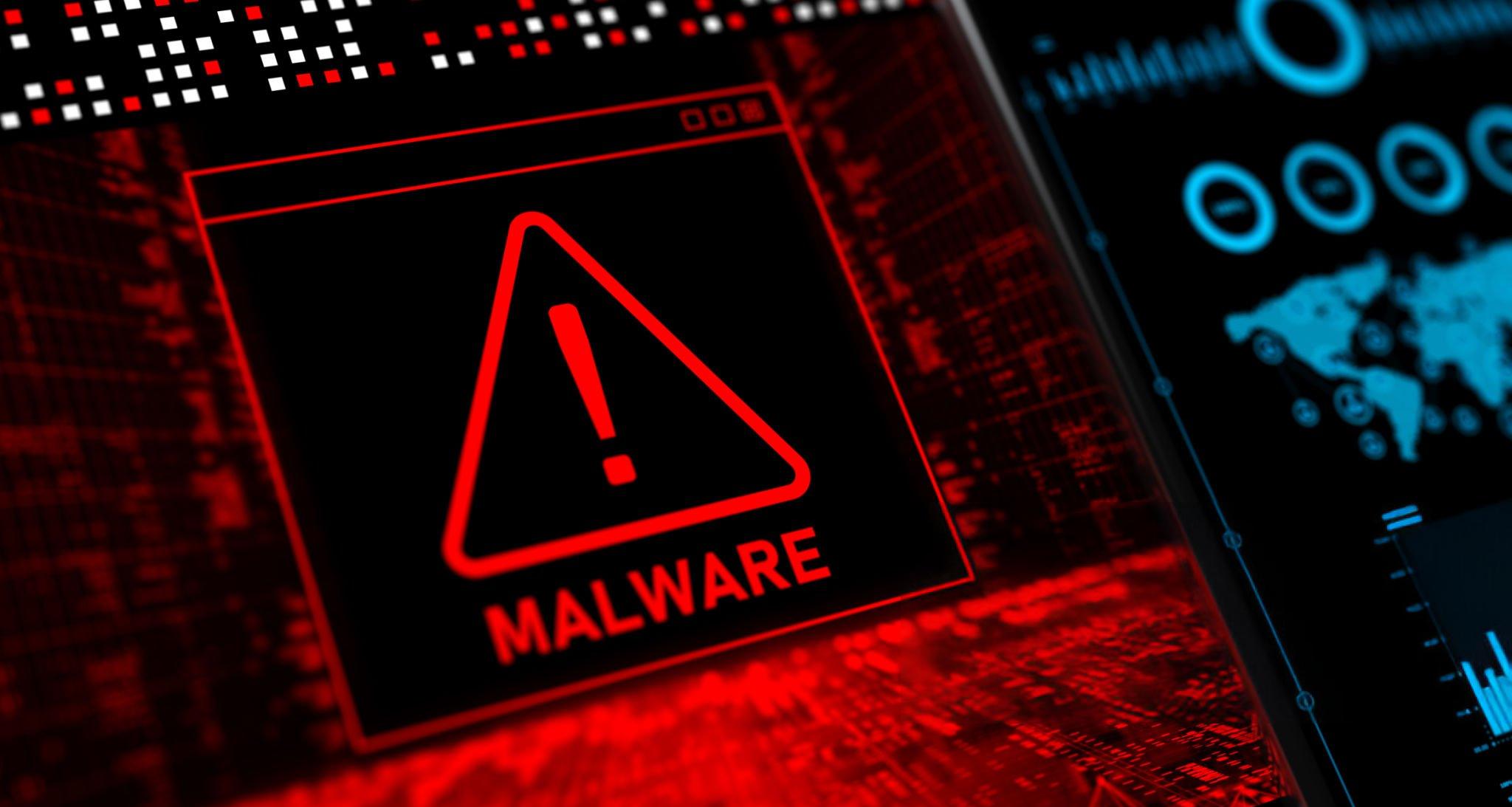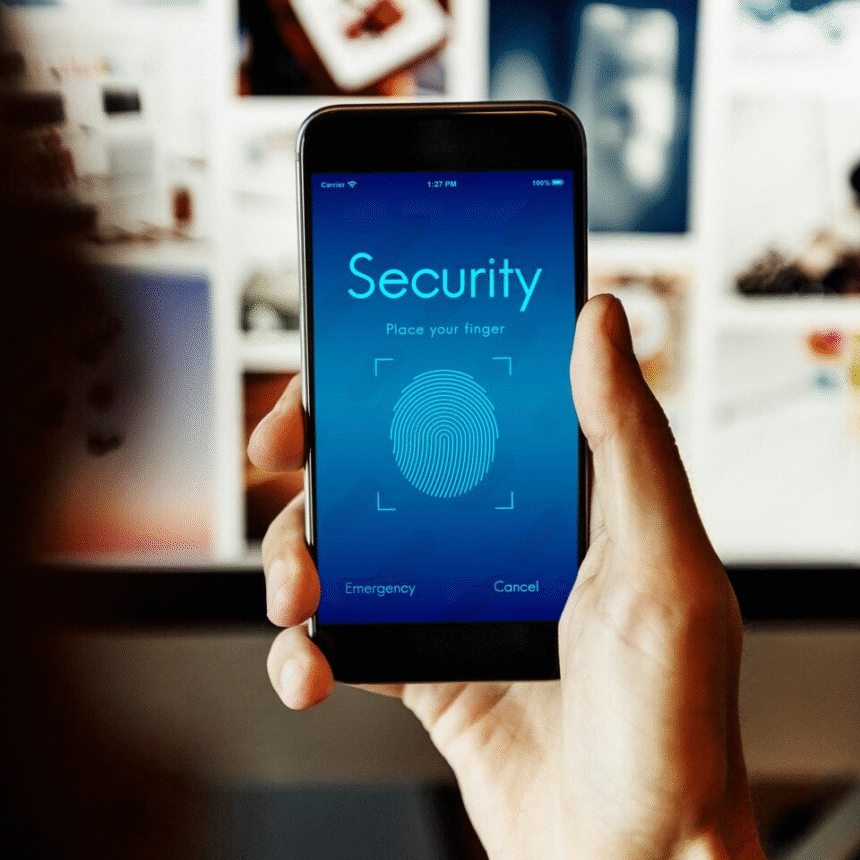Your smartphone is more than just a device for texting or checking social media. It’s your calendar, your wallet, your photo album, and your map—and often a gateway to sensitive personal and financial information. With this much power in the palm of your hand, have you ever asked yourself, how safe is your phone?
In a world where cyber threats are evolving rapidly, mobile cybersecurity is no longer optional—it’s essential. Below, we’ll explore key risks and share practical tips to help you secure your smartphone from digital intruders.
Why Your Phone Is a Prime Target
Phones are treasure troves of data. Hackers and cybercriminals target mobile devices for:
-
Banking and payment credentials
-
Social media accounts
-
Email and business communications
-
Location data
-
Personal photos and files
Because we tend to keep our phones always on and connected, they become attractive entry points for attacks.
Common Mobile Security Threats

-
Malware and Spyware: Malicious apps can steal information, track activity, or damage your device.
-
Phishing Attacks: Fake emails, texts, or app notifications that trick you into giving up passwords or downloading harmful software.
-
Public Wi-Fi Risks: Unsecured networks make it easy for hackers to intercept your data.
-
Outdated Software: Phones with unpatched operating systems are more vulnerable to exploits.
-
App Permissions Abuse: Some apps overreach, requesting access to your camera, microphone, or contacts without justification.
10 Cybersecurity Tips to Keep Your Phone Safe

-
Use Strong Authentication
-
Set a strong passcode, fingerprint, or facial recognition.
-
Enable two-factor authentication (2FA) on important accounts.
-
-
Keep Your Software Updated
-
Regular updates patch security vulnerabilities—don’t delay them.
-
-
Install Apps From Trusted Sources Only
-
Use official app stores (Google Play or Apple App Store).
-
Avoid sideloading apps from unknown sources.
-
-
Review App Permissions
-
Only give apps the permissions they absolutely need.
-
Revoke unnecessary access in your settings.
-
-
Be Wary of Public Wi-Fi
-
Use a VPN when connecting to public networks.
-
Avoid accessing sensitive information on unsecured Wi-Fi.
-
-
Enable Remote Wipe
-
Activate “Find My iPhone” (iOS) or “Find My Device” (Android).
-
In case of theft or loss, you can remotely erase your data.
-
-
Use Antivirus or Security Apps
-
Reputable mobile security apps can help detect and block threats.
-
-
Encrypt Your Data
-
Most modern phones offer encryption options—turn them on.
-
-
Avoid Clicking Suspicious Links
-
Phishing scams can come via SMS, email, or messaging apps. Think before you tap.
-
-
Back Up Regularly
-
Use cloud backups or external drives to save your important data in case of attack or loss.








